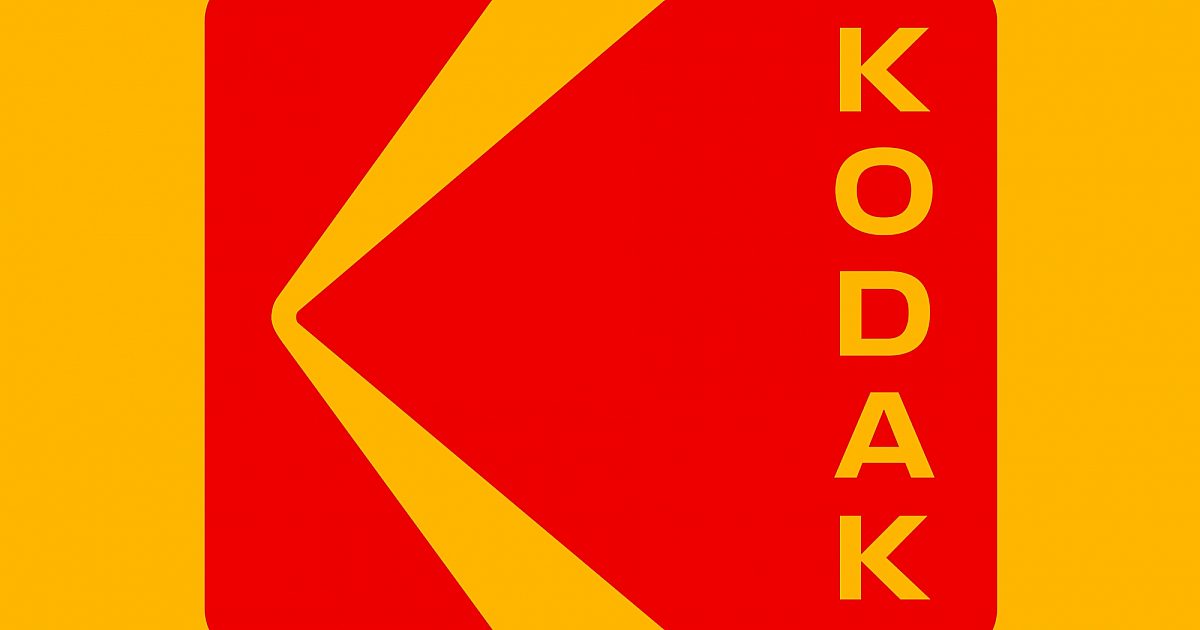It may depend on the film's speed. It appears faster films (unexposed or exposed and not processed) are more subject to the
3K Cosmic Microwave Background (CMB) radiation background effects than slower films.
I've written about background radiation more than once in this forum. I ran across an image that demonstrates it far better than my words. The bottom part of this picture is taken from a first generation 800 speed film that was fresh. The top half is what you would get if you kept the same film i...

www.photo.net
NASA Study but on slower speed films:
The level of
radiation encountered in space is greater than that found at the surface of the Earth. High
background levels of
radiation damage unprocessed photographic materials, which are typically somewhat sensitive to nonvisible portions of the electromagnetic spectrum. The absorption of
radiation by photographic
films causes photographic fog.
From Kodak:
A leading global manufacturer focused on commercial print and advanced materials & chemicals. We believe in the power of technology and science to enhance…

www.kodak.com
Ambient Background Radiation (Effects on Raw Stock)
Ambient gamma radiation is composed of two sources: a low energy component which arises from the decay of radionuclides and a high energy component which is the product of the interaction of cosmic rays with the earth's upper atmosphere. The radionuclides responsible for the low-energy photons exist in soil and rock and are carried into earth derived building materials such as concrete. Lead shielding or storage deep underground may be helpful, but for long-term raw stock storage, radiation will still be a factor. Upon exposure to ambient-background radiation, photographic materials can exhibit an increase in minimum density, a loss in contrast and speed in the toe, and an increase in granularity.
The change in film performance is determined by several factors, such as the film speed and length of time exposed to the radiation before the film is processed.
A film with an Exposure Index (El) of 500 can exhibit about three times the change in performance as a film with an El of 125. While this effect on a film product isn't immediate, we still suggest exposing and processing the film soon after purchase. We recommend a period of no more than six months from the time of film purchase before exposure and processing, provided it has been kept under specified conditions. Films kept for extended periods beyond six months may be affected, especially the faster films, even if they have been frozen. The only way to determine the specific effect of ambient-background radiation is to make actual tests or measurements by placing a detector in the location where the film is stored. The most obvious clue is the observance of increased granularity, especially in the light areas of the scene.




